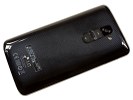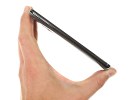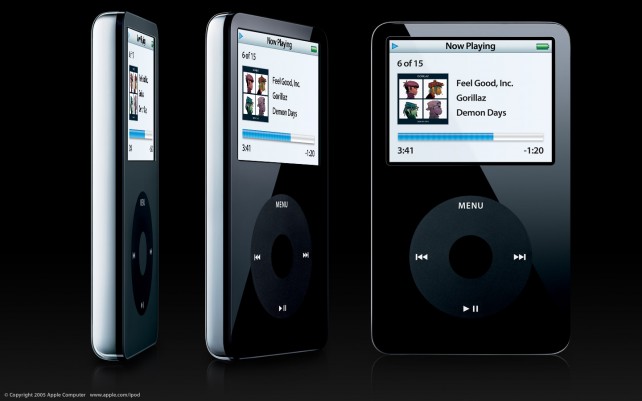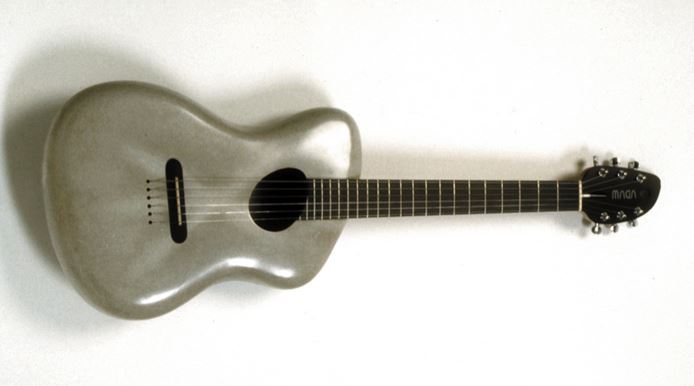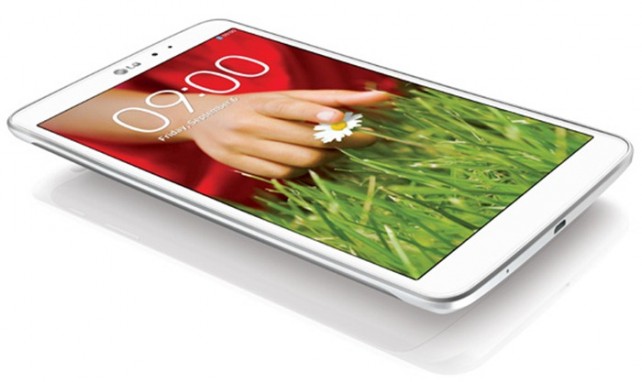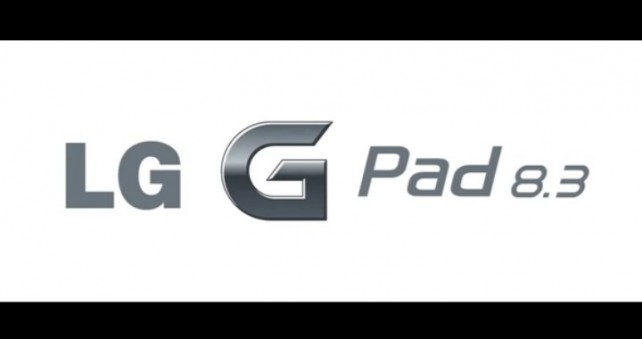LG G2 review: Beautiful monster
introduction
While other companies were bracing for war at the IFA 2013 expo and lining up their latest phablets, LG is getting ready to launch the G2 flagship. The Korean manufacturer did a few cool tricks to promote the beast, like shooting the Earth from the stratosphere, but the G2 is an attention grabber even without any expensive PR.
LG G2 runs on the fastest and most powerful mobile chipset available, it has a beautiful big screen with almost no bezels, and it even runs the latest Android version. But that's not what the LG G2 is going to be known for. No, the G2 will be remembered as one of the few devices to bring true hardware innovation for the first time in many years. While the rest of the manufactures go for a crazy amount of CPU cores or go overboard with the screen size, LG takes a fresh approach to how you interact with a big-screen phone in the most natural way.
With high-end smartphones going bigger by the day, the dated hardware design they are utilizing is slowly turning into a disadvantage. Remember the uncomfortable Lock key on top of the HTC One that is impossible to reach, or the volume rockers that keep switching sides and places until the moment you start guessing instead of knowing what you are clicking on? And this is just the beginning! And what about those lockscreens with unlocking routines, which are getting increasingly weirder?
We guess we didn't realize how things could have been different until we actually get to see them from a fresh perspective. The LG G2 revolutionizes the Power/Lock key by putting it on the back of the device at direct disposal of your index finger. Then it allows you to unlock the screen with just a double tap. No more finger stretching, using the other hand or doing some magical air gestures.
Now that we are over enjoying the new way of controlling things around, we should also say a few words about the spectacular hardware the LG G2 is running on. The smartphone uses a brilliant 5.2" IPS+ display with great colors, contrast, viewing angles and very low reflectiveness. The G2 is powered by the most powerful chipset on the market too - the Snapdragon 800 with a quad-core 2.3GHz Krait 400 processor, Adreno 330 top-notch graphics and 2GB of RAM. Finally, there is the 13MP snapper with optical image stabilizations and full HD videos shot in 60 fps. And these are merely the most obvious things! Here comes the complete list of features.
Key features
- Quad-band GSM/GPRS/EDGE support
- Quad-band 3G with HSPA; Penta-band LTE cat3
- 5.2" 16M-color 1080p True HD IPS Plus FullHD capacitive touchscreen
- Corning Gorilla Glass 3 display protection
- Android OS v4.2.2 Jelly Bean; LG Optimus UI
- Quad-core 2.26 GHz Krait 400 CPU, 2 GB RAM, Adreno 330 GPU, Qualcomm Snapdragon 800 chipset
- 13 MP autofocus camera with LED flash, geotagging, Intelligent Auto, optical image stabilization, Time catch shot, smart shutter and VR panoramas
- 1080p video recording @ 60fps with continuous autofocus and stereo sound; HDR mode, Dual recording, optical image stabilization
- 2.1 MP front-facing camera, 1080p video recording
- 32GB of built-in storage, 24GB user-available
- microUSB port, USB host support, USB on-the-go, SlimPort TV-out
- Bluetooth v4.0
- NFC
- Wi-Fi a/b/g/n/ac, Wi-Fi Direct and DLNA
- GPS with A-GPS, GLONASS
- Standard 3.5 mm audio jack
- Stereo FM radio with RDS
- Voice commands
- Multi-tasking with mini-apps and optional transparency (QSlide)
- Accelerometer and proximity sensor
- Active noise cancellation with dedicated mic
- Non-replaceable 3000mAh Li-Po battery
- IR emitter for remote control of home appliances
- Quick Window cases available at launch
Main disadvantages
- The hardware controls at the back take some time to get used to
- Below average loudspeaker performance
- No microSD slot
- Non-replaceable battery
Wow, what a long list of features! And look at those few alleged flaws - we are already quite used to seeing droids launching without an additional memory slot and with a non-accessible battery. Somehow, the manufacturers managed to convince us - the customers - that we don't actually need to worry about replacing the battery. And while that may be ok for some, but 24GB of internal storage is so not enough when you have a device that records 1080p videos at 60 fps.
We remain to see whether the performance of the phone in the other departments will compensate for that deficiency. Without further ado we drop all introductions and continue with unboxing the LG G2.





